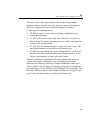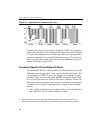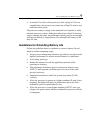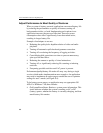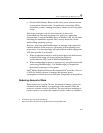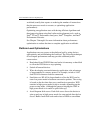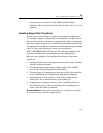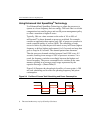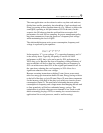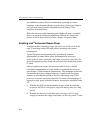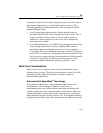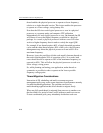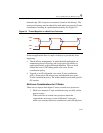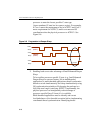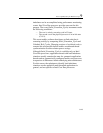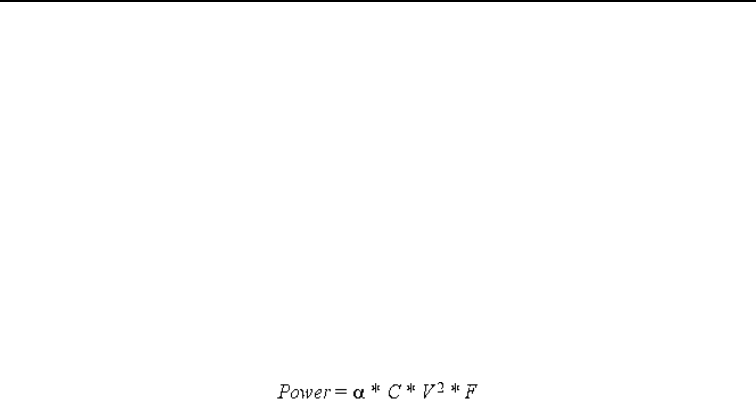
Power Optimization for Mobile Usages 9
9-13
The same application can be written in such a way that work units are
divided into smaller granularity, but scheduling of each work unit and
Sleep() occurring at more frequent intervals (e.g. 100 ms) to deliver the
same QOS (operating at full performance 50% of the time). In this
scenario, the OS observes that the workload does not require full
performance for each 300 ms sampling. Its power management policy
may then commence to lower the processor’s frequency and voltage
while maintaining the level of QOS.
The relationship between active power consumption, frequency and
voltage is expressed by the equation:
In the equation: ‘V’ is core voltage, ‘F’ is operating frequency, and ‘α’
is the activity factor. Typically, the quality of service for 100%
performance at 50% duty cycle can be met by 50% performance at
100% duty cycle. Because the slope of frequency scaling efficiency of
most workloads will be less than one, reducing the core frequency to
50% can achieve more than 50% of the original performance level. At
the same time, reducing the core frequency to 50% allows for a
significant reduction of the core voltage.
Because executing instructions at higher P-state (lower power state)
takes less energy per instruction than at P0 state, Energy savings relative
to the half of the duty cycle in P0 state (Pmax /2) more than compensate
for the increase of the half of the duty cycle relative to inactive power
consumption (Pmin /2). The non-linear relationship between power
consumption to frequency and voltage means that changing the task unit
to finer granularity will deliver substantial energy savings. This
optimization is possible when processor demand is low (such as with
media streaming, playing a DVD, or running less resource intensive
applications like a word processor, email or web browsing).



